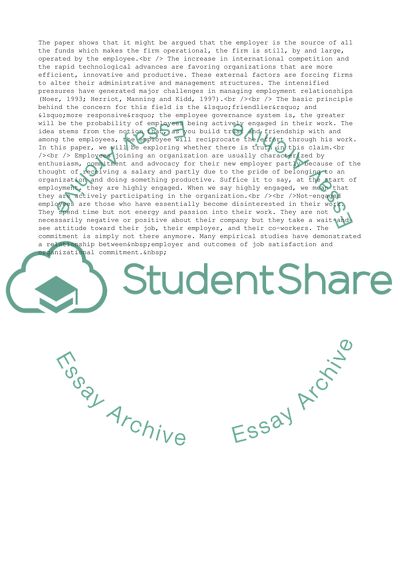Cite this document
(Employment Relationships Impact on the Overall Success of an Organisat Case Study, n.d.)
Employment Relationships Impact on the Overall Success of an Organisat Case Study. Retrieved from https://studentshare.org/management/1538476-how-do-employment-relationships-impact-on-the-overall-success-of-an-organisation
Employment Relationships Impact on the Overall Success of an Organisat Case Study. Retrieved from https://studentshare.org/management/1538476-how-do-employment-relationships-impact-on-the-overall-success-of-an-organisation
(Employment Relationships Impact on the Overall Success of an Organisat Case Study)
Employment Relationships Impact on the Overall Success of an Organisat Case Study. https://studentshare.org/management/1538476-how-do-employment-relationships-impact-on-the-overall-success-of-an-organisation.
Employment Relationships Impact on the Overall Success of an Organisat Case Study. https://studentshare.org/management/1538476-how-do-employment-relationships-impact-on-the-overall-success-of-an-organisation.
“Employment Relationships Impact on the Overall Success of an Organisat Case Study”, n.d. https://studentshare.org/management/1538476-how-do-employment-relationships-impact-on-the-overall-success-of-an-organisation.


